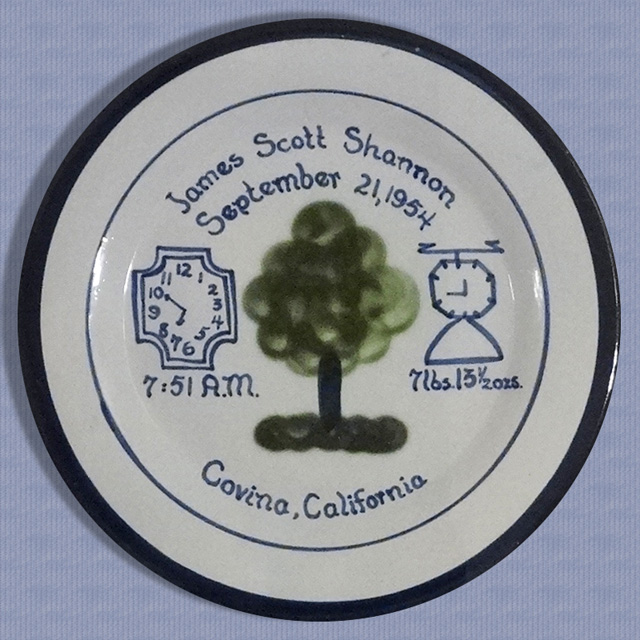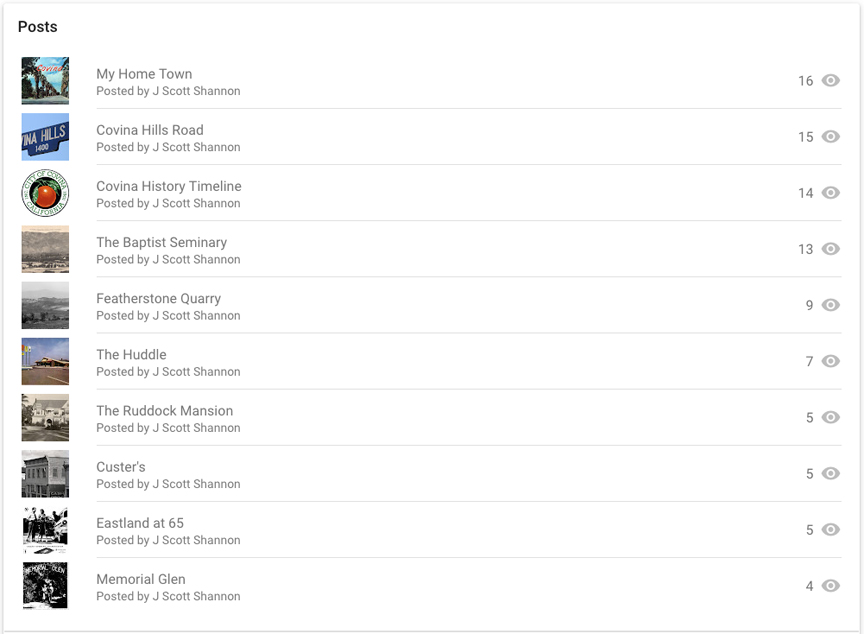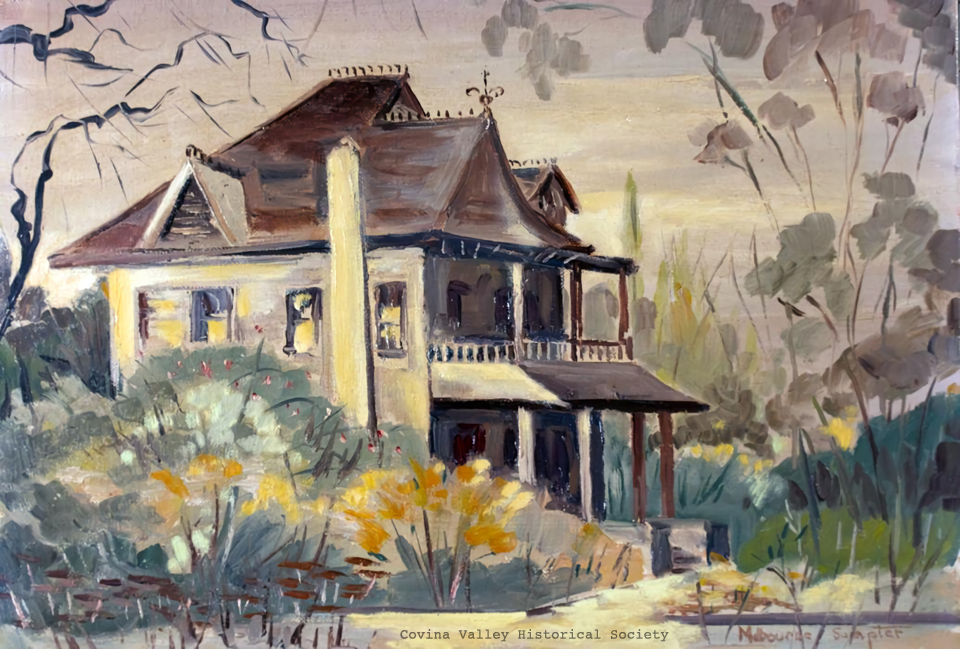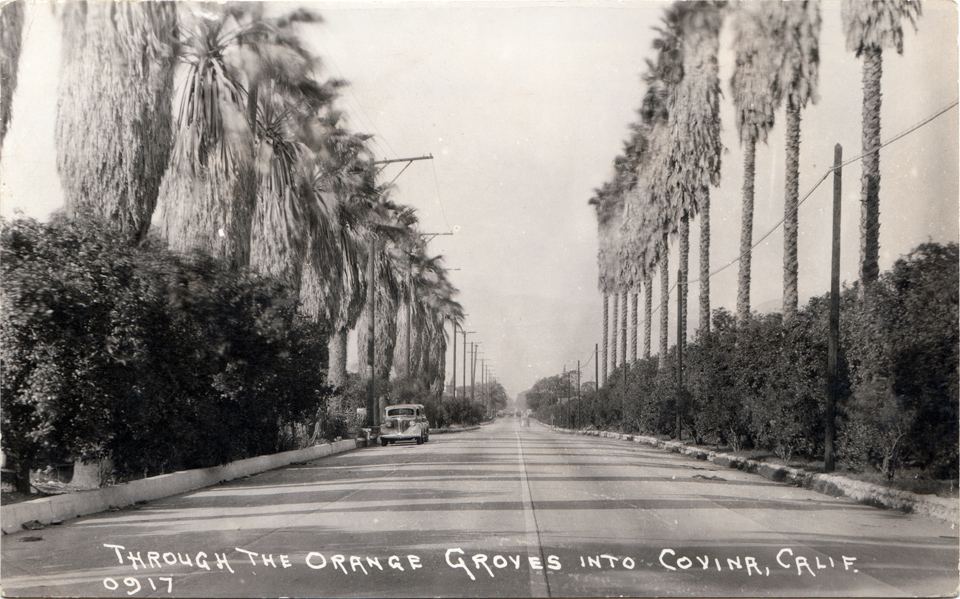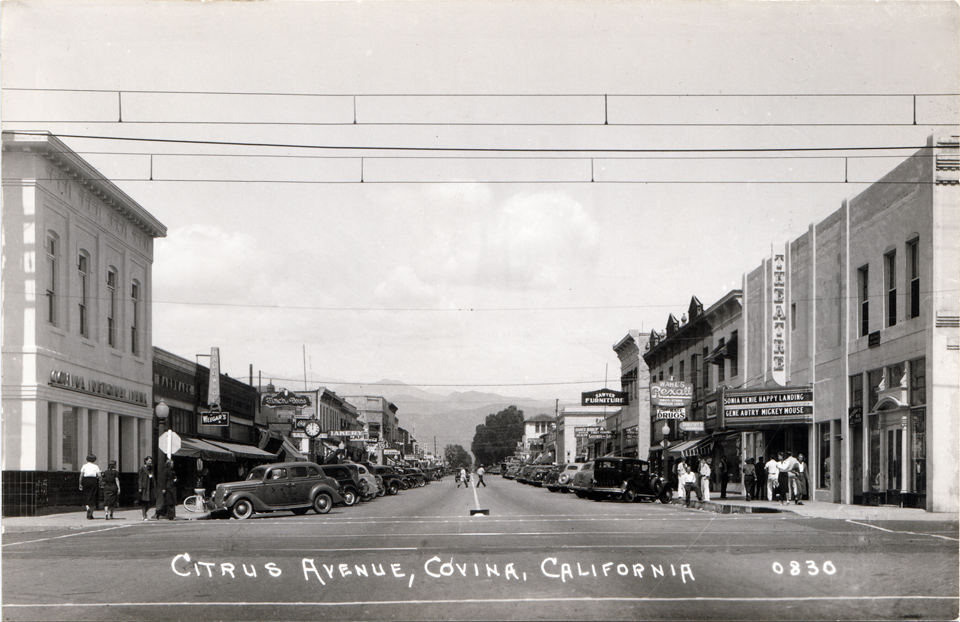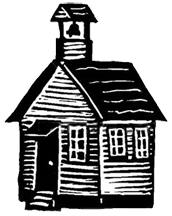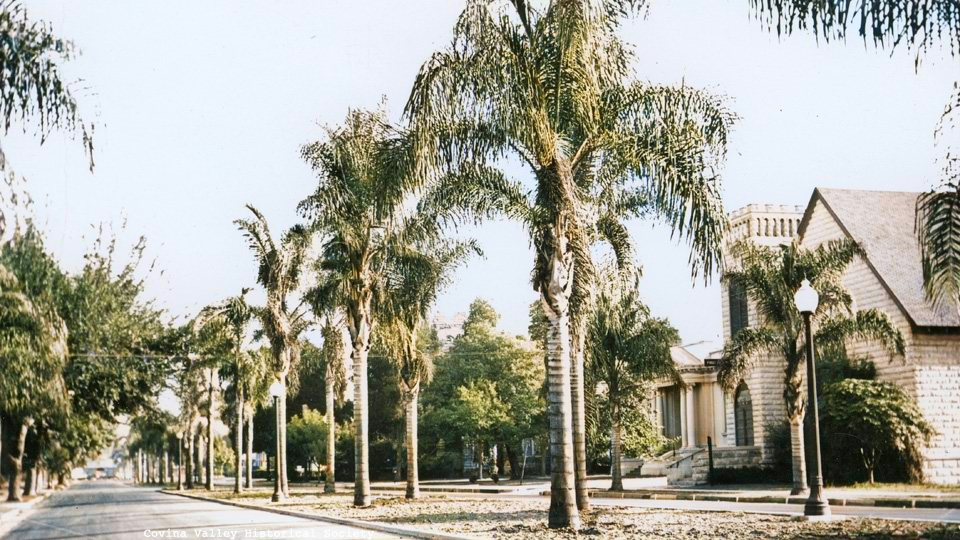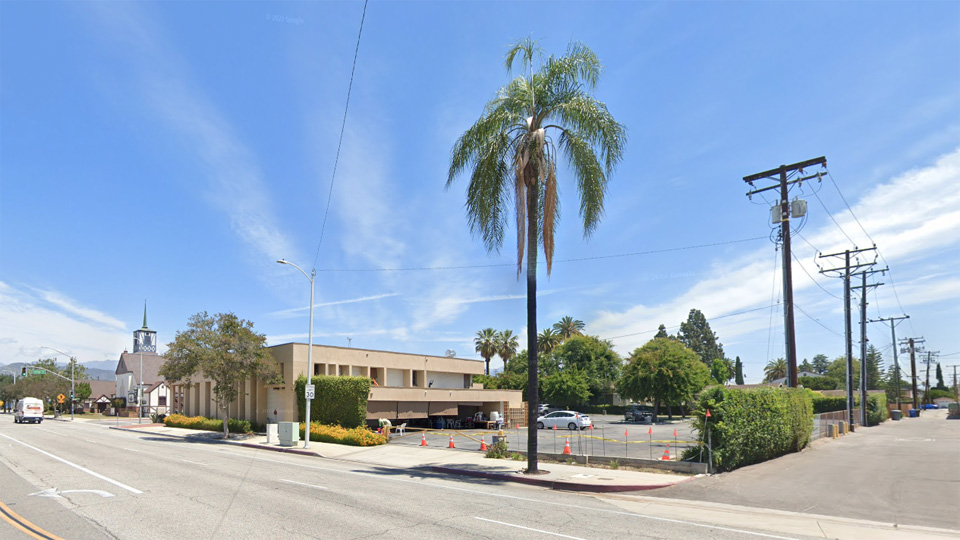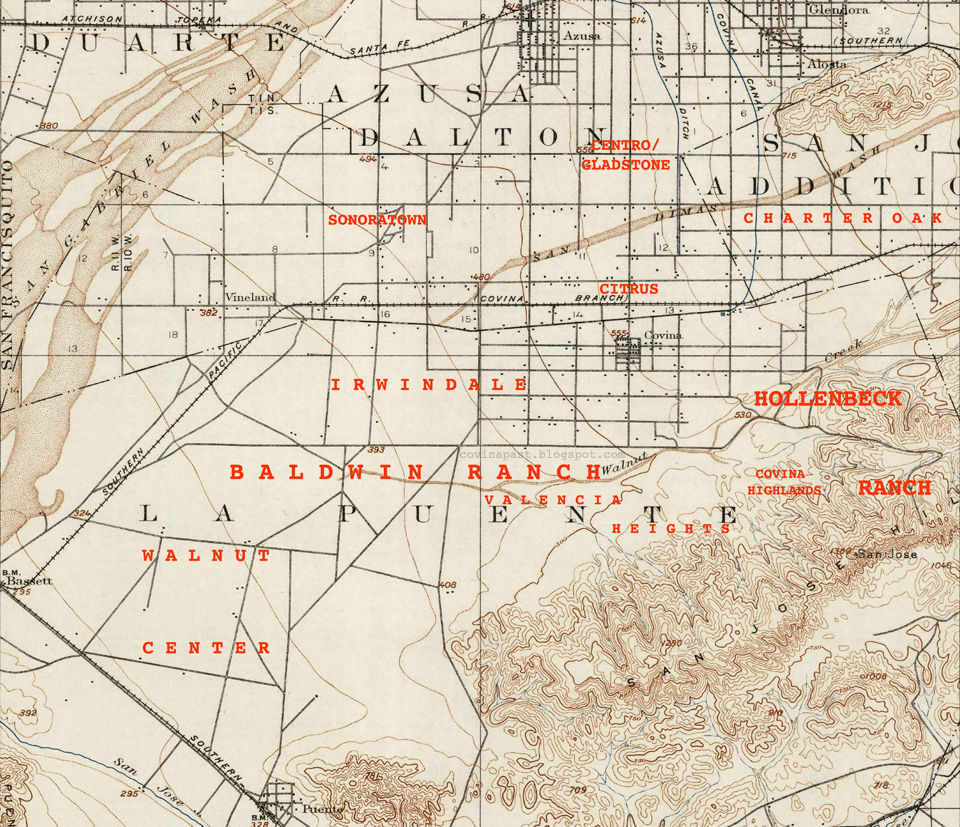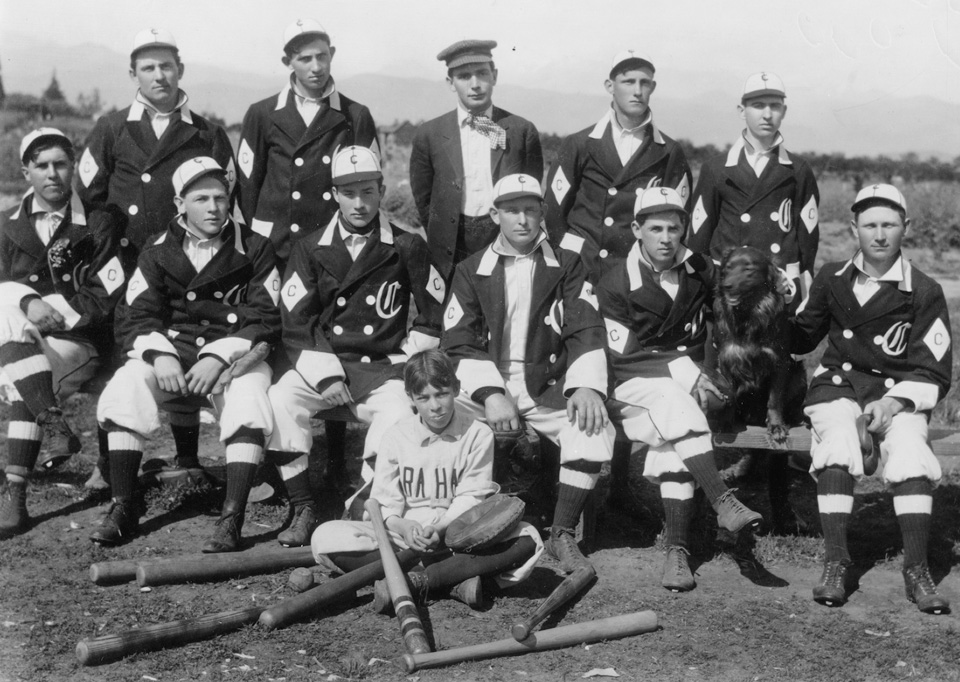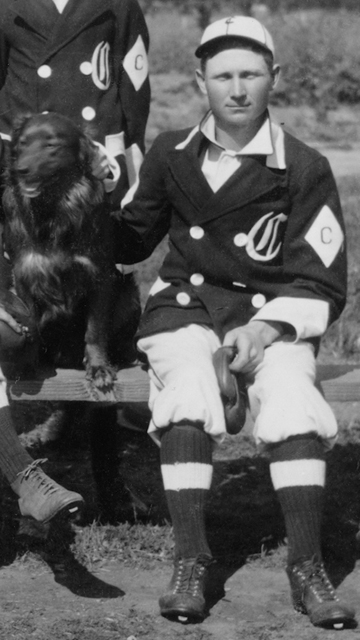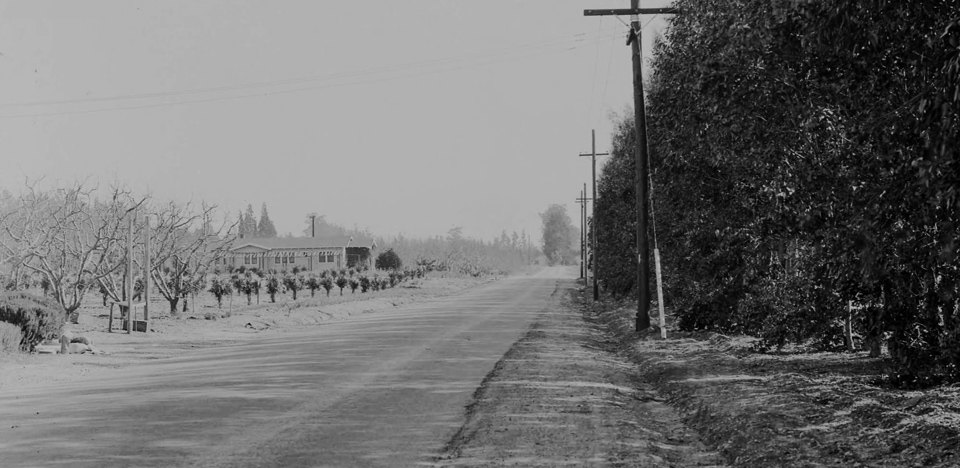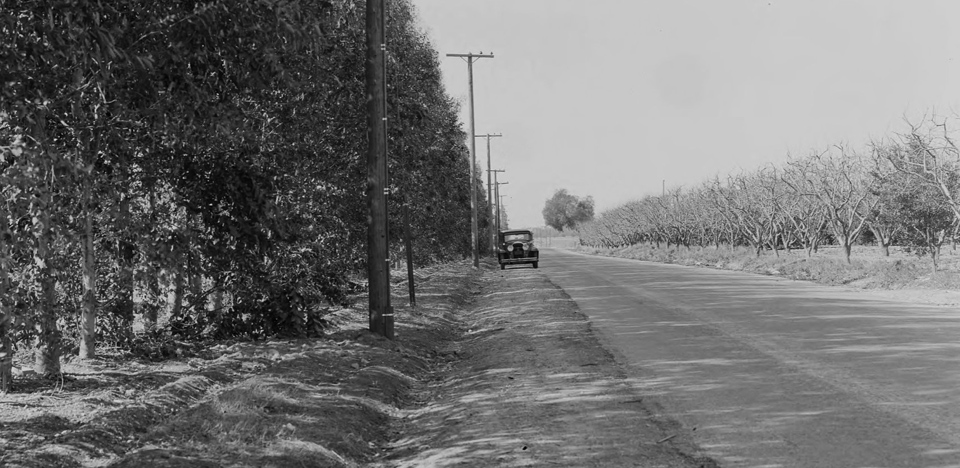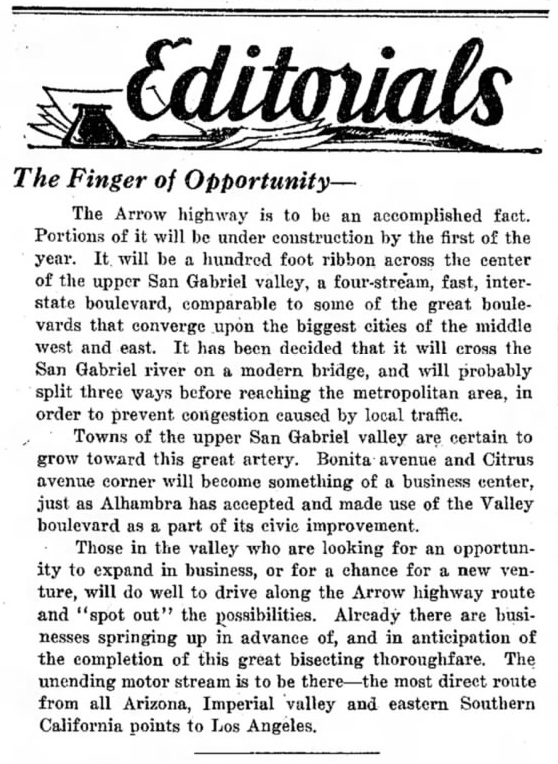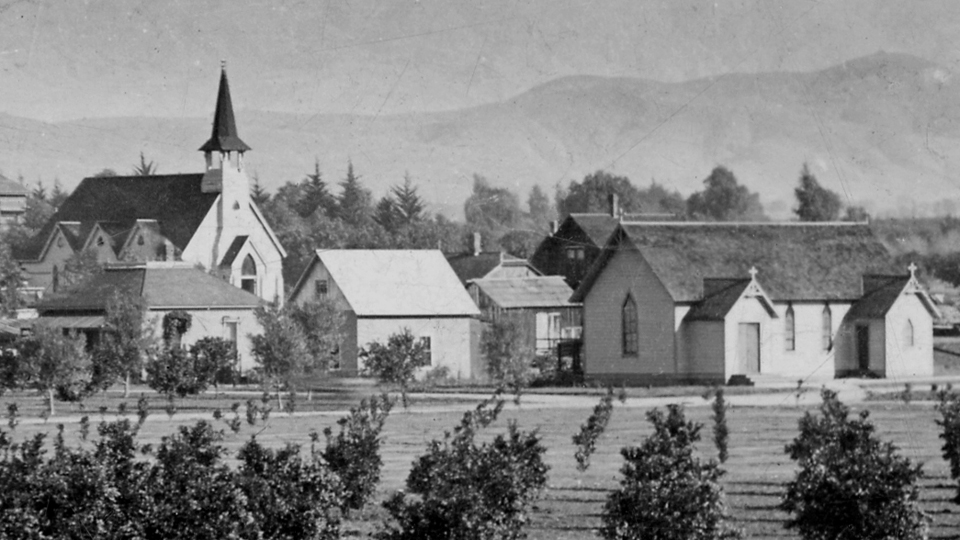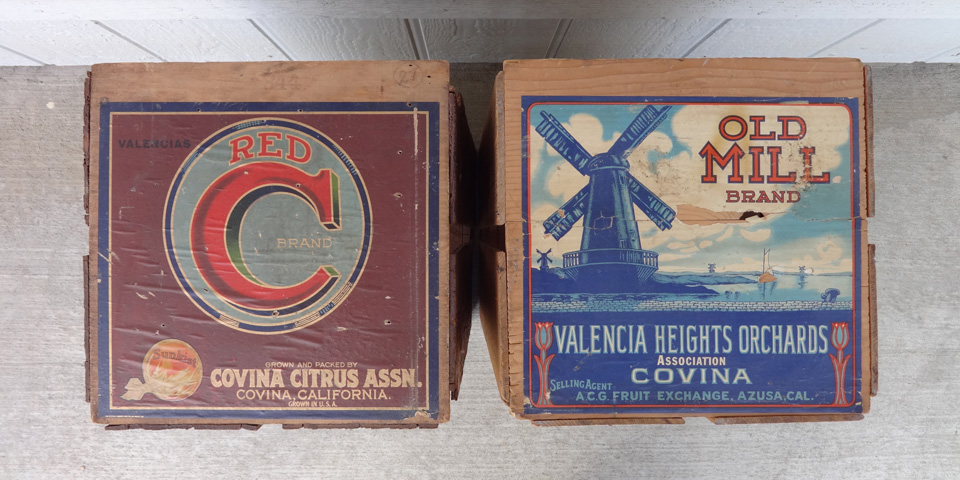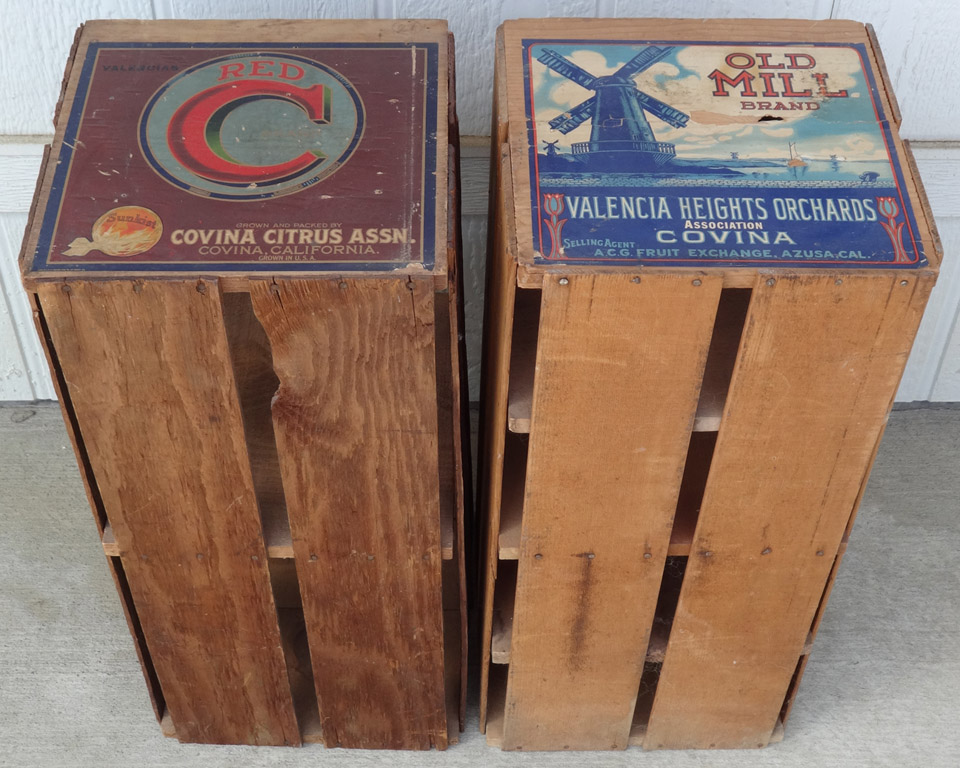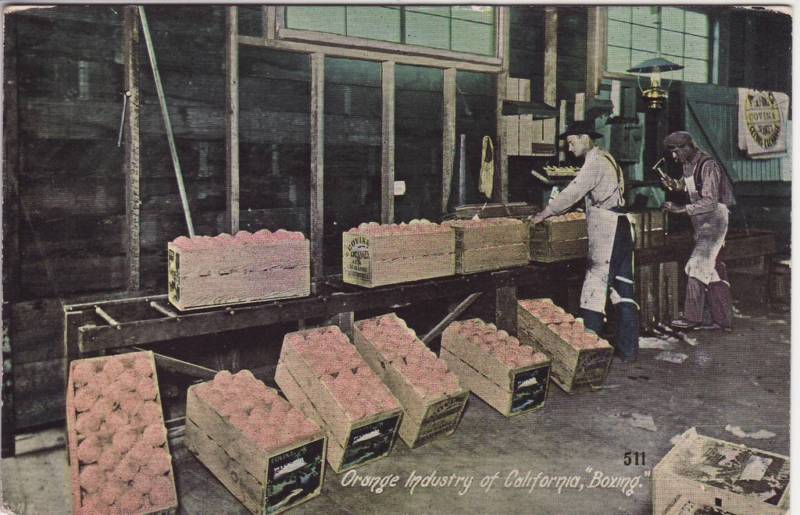I have a peculiar trait that I call "detritophilia." Whenever I find myself in a place with a long history of human habitation, I will visually scan disturbed pieces of ground looking for discarded bits of everyday life from times past. It's a kind of urban archeology except I don't do any digging. I simply look for objects that are lying on the surface, waiting in plain sight for my trained eye to spot.
Anyway, in 1988, I made multiple trips to Covina to clean out our family home and prepare it for sale. One day while returning from Azusa with packing materials, I decided to kill some time and explore the vacant lot at San Bernardino Road and Hollenbeck where the Phillips House once stood (and the Julián Badilla house before that). Here are the four pieces of historical detritus that I collected that day.
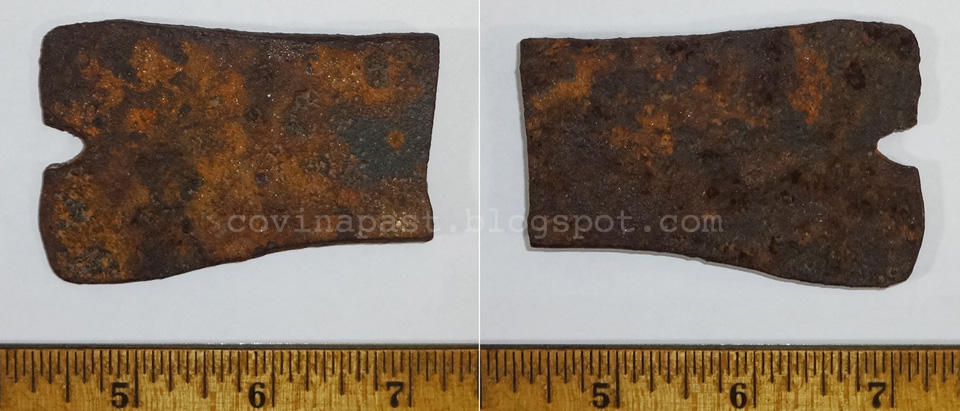
Photo by J Scott Shannon. Scale in inches.
This was pretty easy to identify as the broken off end of an iron prying bar. Upon closer inspection, though, I noticed its shape was distinctly asymmetrical, which suggested to me that it was forged by hand.
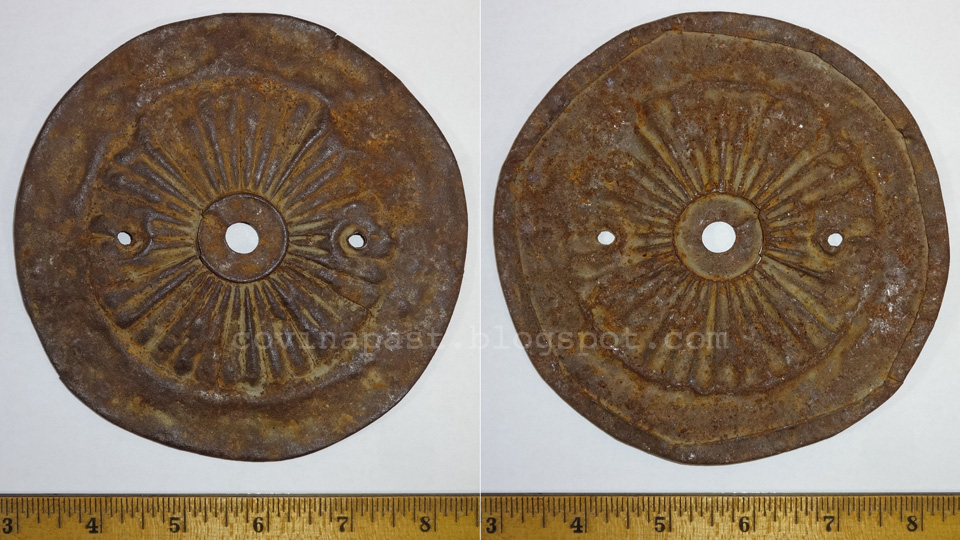
Photo by J Scott Shannon. Scale in inches.
This object baffled me for the longest time. My best guess was some sort of wall or ceiling fixture. It wasn't until recently that Michael Schoenholtz suggested that it might be the reflective portion of a candle sconce, and I now think he's exactly right. This, too, appears to be quite old, and hand-hammered. Note in particular how crudely the edges on the reverse side are formed.
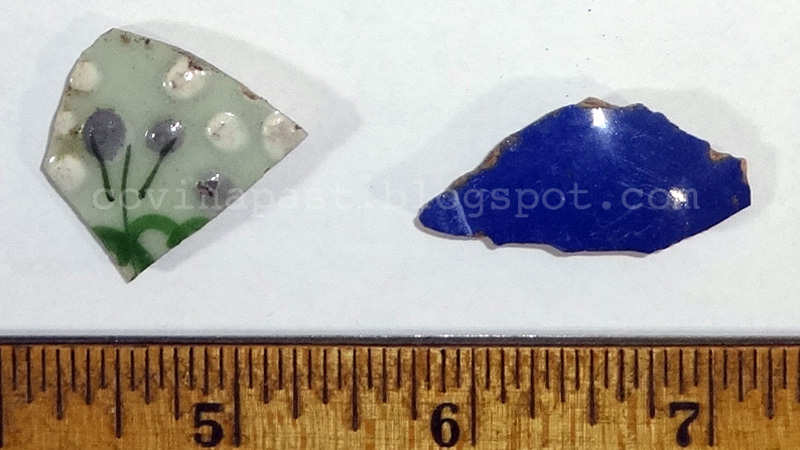
Photo by J Scott Shannon. Scale in inches.
Two pottery fragments: the one on the left apparently of glazed porcelain, and the other, glazed red clay pottery. Not much to say about them, except that they're almost certainly pieces of some sort of tableware, and that one's fancy in design and the other is plain.

So, how old are these objects? Obviously they can't be dated precisely, but because the plot of land where they were found was not built upon until 1876, that gives us their earliest likely origin date.
Additionally, the apparent hand-made quality of the metal items makes it reasonable to assume that they are from a time when tools and other hardware were made by and purchased from local blacksmiths rather than being mass-manufactured and sold in stores. Store-bought goods probably became more common after 1890, so that's my best guess for the upper end of the age range.
So, if these items date from the period 1876-1890, they could have belonged to either Julián Badilla or Joseph Phillips. However, I tend to think the cruder-made metal objects are from the Badilla era. That candle sconce, in particular, looks more like a fixture on the wall of a simple farmhouse than the imported mahogany paneling of a mansion.
These finds are all to be donated to the Covina Valley Historical Society.
